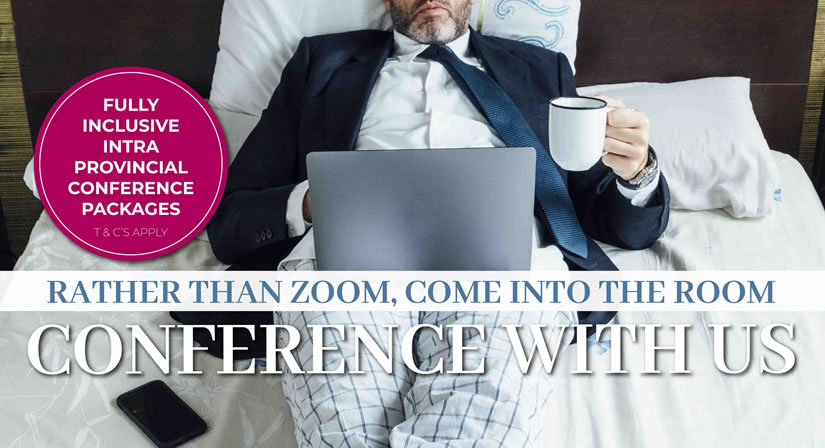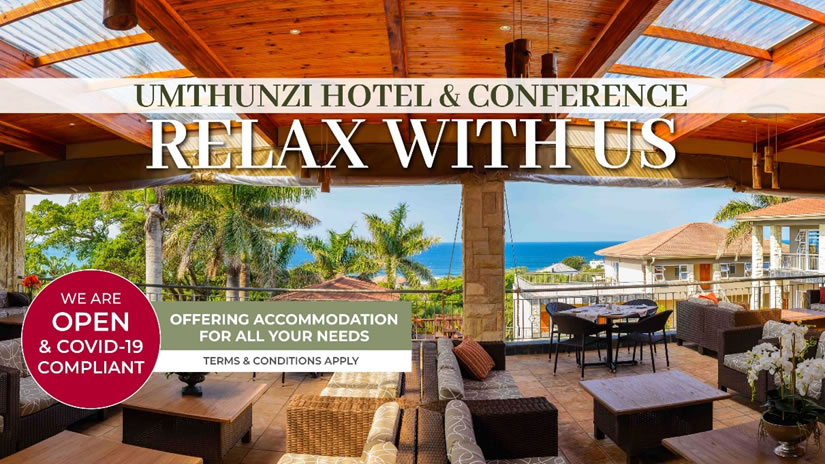The Rule of Seven | Your optimum meeting in numbers
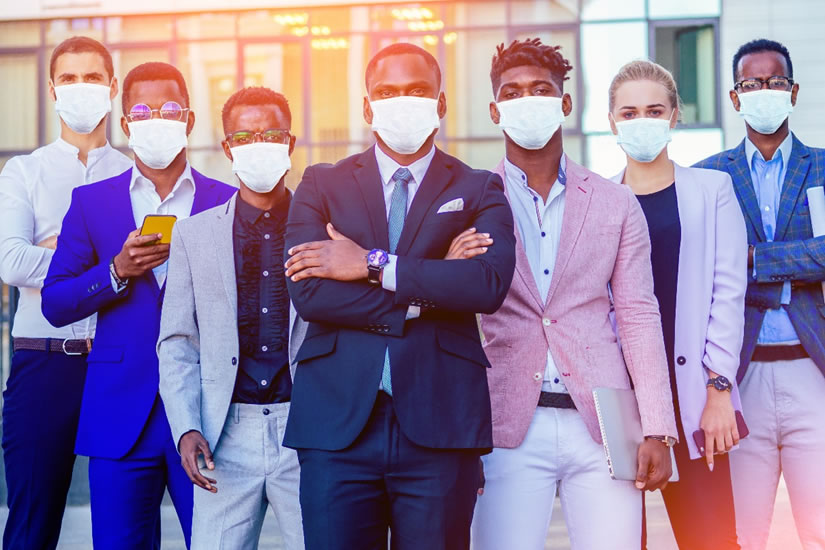
“Everything will be okay in the end. If it’s not okay, it’s not the end.” What’s not to love about this quote? Both John Lennon and Oscar Wilde have been credited with this nugget of lopsided wisdom, but since we weren’t exactly around in the times of Wilde and Lennon, we fondly remember the lines deliver by Patel, the Hotel Manager, from the award-winning movie “The Best Exotic Marigold Hotel”
It’s clearly not okay at the moment, so Patel’s logic dictates that it’s not the end – and better days have to be ahead of us.
In this month’s business blog we delve deeper into:
- THE SILVER LINING TO COVID MEETINGS.
- 2020 MEETING AND EVENTS FORECASTS – SOME MADE THE CUT, OTHERS DIDN’T.
- THE RULE OF 7.
- WHY ARE MEETINGS UNPRODUCTIVE?
- TIME IS MONEY.
THE SILVER LINING TO COVID MEETINGS
The COVID pandemic certainly brought its fair share of hardships, but let’s not disappoint Patel, and look at the silver linings:

You will never be in a cleaner hotel room, meeting room, or bathroom. By law, all venues now must have a COVID Compliance Officer to make sure that venues adhere to strict health and safety regulations.
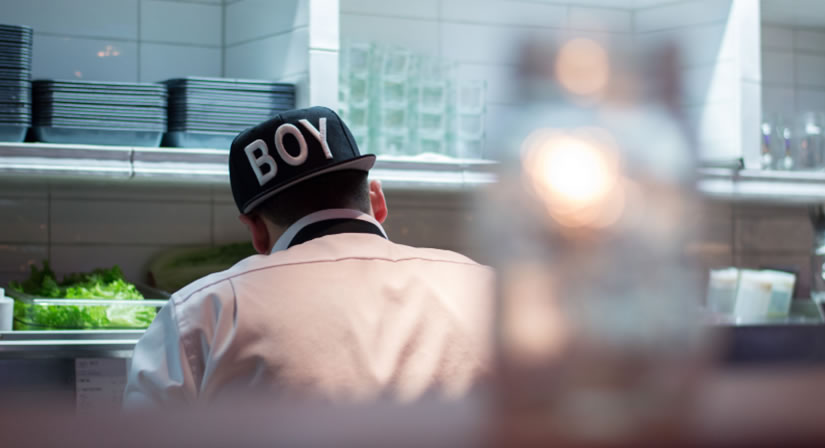
Your hotel kitchen has been defogged and demisted and scrubbed from top to bottom. The health and safety precautions are better than ever before.

Printed restaurant menus are something of the past. You don’t save a nation or forest with one online menu, but amplify this worldwide, and our forests can take a safe breather. (It is now pretty much the norm for restaurant guests to pop over to the Facebook page or website and order from an online menu.)
We value real time spent with real people. Rather than Zoom, come into the room. Since real-life meetings have the possibility of posing a health threat at the moment, they happen few and far between – and when they do, we are looking at super-prepared, very effective, and outcome-driven meetings.
2020 MEETING AND EVENTS FORECASTS – SOME MADE THE CUT, OTHERS DIDN’T
While researching for this article, several 2020 meeting and event forecasts flashed across my screen. It made me smile – as smile as bitter as the Grapefruit for tomorrow breakfast. Little did we know at the end of 2019, peeking through the looking glass into 2020, that the industry was on the brink of a catastrophe.
While all meetings and conferences came to a dramatic halt from March to date, legislation is now allowing for smaller conferences, dependent on Social distancing and Covid-19 precautions being in place.
How did the bold 2020 predictions for the meeting arena measure up so far – and which trends are likely to survive? We round up some trends below:
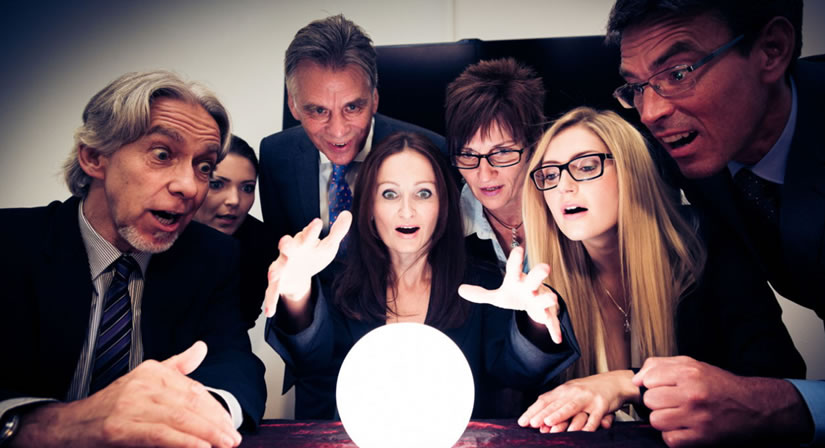
- There will be a 5-10% growth in demand.
Nope. With no revenue whatsoever for the first half of the year, the crystal ball did not deliver on this promise. Excel sheets with budgets have been deleted. Financial Directors and business owners are softly weeping while figuring out Plan B, C, and D.
- Average Group Size Is Growing
Having a pandemic really messes with this forecast, with group sizes growing from zero in March to conferences with social distancing in place – usually less than 15 people at a time as the conference or meeting space is now halved due to the 1.5m distance between delegates.
- Wellness initiatives will see some growth
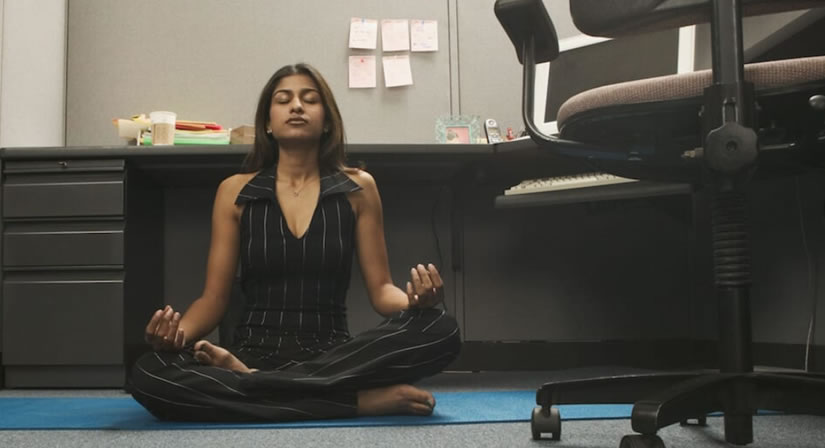
Pre-2020, we were looking forward to relaxation pods with meditation music during conference breaks, yoga retreats instead of boardroom meetings, and perhaps a green juice to boost brainpower. Instead, we feel like we have been sanitised to death and our hands are peeling from being squeaky clean and germ-free. Our Wellness initiatives have been turned into survival essentials.
- 5G won’t make a huge impact on events yet.
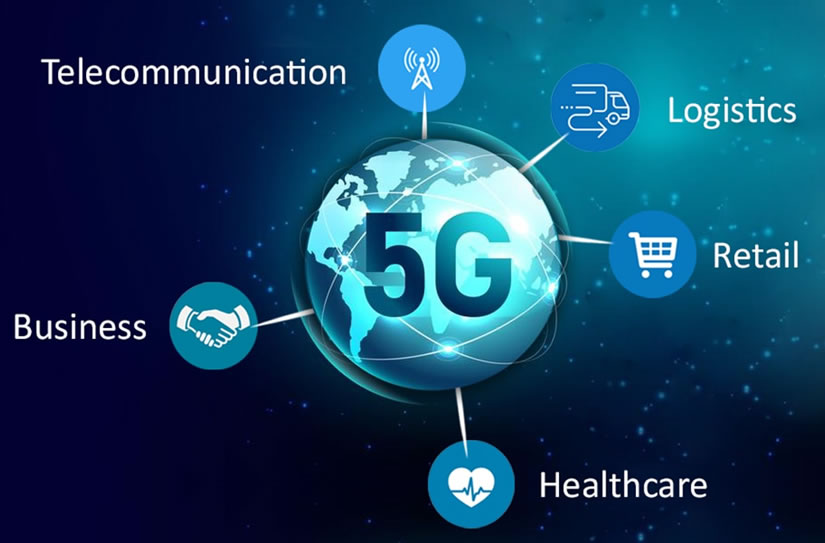
This is an interesting one. With everyone in survival mode, we paid little attention to 5G being rolled out almost countrywide. One day, my cell phone 4G connection magically showed a 5G connection. And all the remotes in our street stopped working. Are these things related? I guess we will never know.
5G, fibre optics, and the growth in connectivity have had a positive impact on the meeting and events industry. Perhaps this has been fast-tracked by the pandemic as we now rely heavily on Zoom calls and Apps to get through our daily business.
- Festivalisation
We have a suspicion that these trends have not quite blown over from America, and with a pandemic in place, I am not sure it will even cross the shores to reach us. Post-Covid, this trend has some exciting possibilities for South Africa, albeit on a smaller scale.
Festivalistion is predicted to blur the lines between corporate events and consumer festivals. In 2019 Forbes’ Under 30 summit in Detroit gathered 7,000 entrepreneurs under the age of 30 and hosted an actual music festival as part of the corporate event.
The 2019 event was a resounding success, 2020 fell foul due to COVID and 2021 is said to be an immersive experience rather than a static conference: a private music festival, A-list speakers, investor speed-pitching, industry-focused field trips, a legendary pub crawl, a world-famous food festival and a powerful day of community service.
- Bleisure travel
At last, a trend forecast that stood the test of time. According to the 2020 trends forecasters, Bleisure is here to stay. Research indicates that 71% of people consider the destination in the decision to attend and event. Attendees are looking at events as mini-vacations. (See our personalised Bleisure guide to Umthunzi Hotel here.)
Travel-starved South Africans are set to grab every possible opportunity for Bleisure travel – adding business to leisure for their next trip. This is a good time to benefit from excellent work and stay packages – walking down the beach after a day of meetings is a huge highlight to any day.
With so many of our high ideals and 2020 goals lying shattered at our feet, next to the crystal ball that didn’t deliver the goods, we need to focus on achieving the best with what we have available at this very moment. Mass meetings and large gatherings are out of the question. Whereas a corporation in the past would have had a training session for 120 delegates at a time, we now see them being broken up into several smaller groups over a few days and sessions.
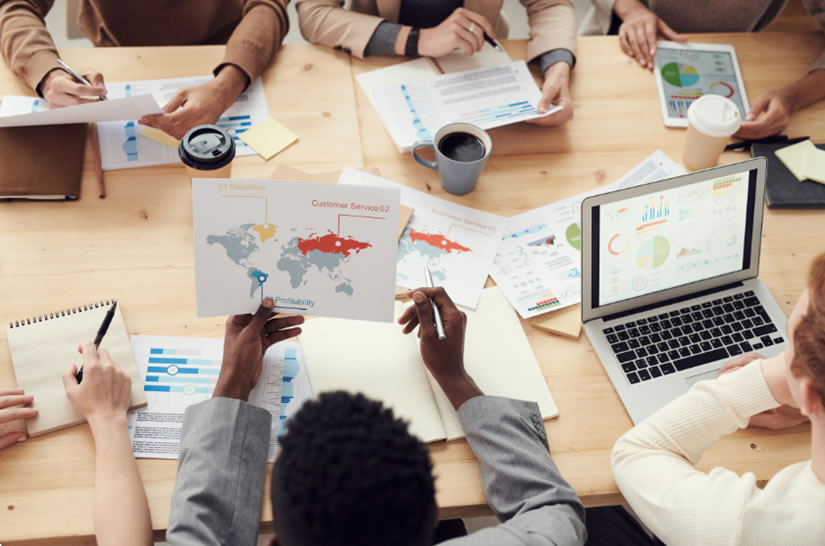
THE RULE OF 7
It’s a numbers game
According to Educational firm, EAB meetings outcomes can be influenced by the number of participants:
- To make a decision, invite 4-7 people
- To set an agenda, invite 5-15 people
- To brainstorm, invite 10-20 people
With this in mind, let us introduce you to the Rule of 7. Meetings should be like dinner parties, and we all know when you invite eight guests, the table splits into two conversations.
Victoria Fines explains eloquently in her Forbes article that The Rule of 7 is not about limiting the number of people in the room as much, but according to Miller’s Law, it’s rather about the amount of information our brains can process in one go.
Princeton University’s cognitive psychologist George A. Miller, reported after extensive research in 1956, that an individual can normally retain or process only seven items (chunks) of information in their correct serial-order, in his or her short-term (15 to 30 seconds duration) or ‘working’ memory.
Breaking meetings down in chunks of 7 pieces (people) with information, it makes sense that smaller meetings in 7-minute cycles will give optimum results.
DID YOU KNOW?
The structure of the modern telephone number is devised around Millers Law – the rule of 7.
WHY ARE MEETINGS UNPRODUCTIVE? AND HOW DO WE FIX THIS DURING COVID WHEN TIME IS OF ESSENCE?
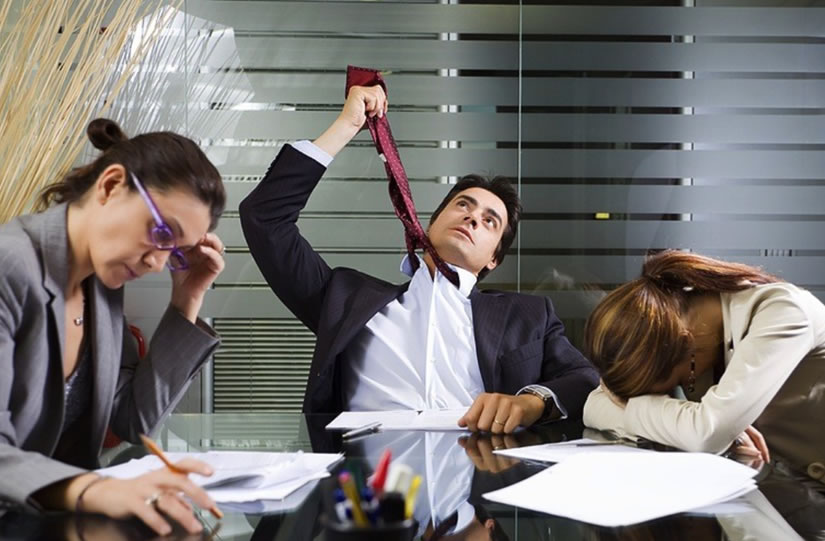
It is estimated that a third of business meetings are unproductive. (Businessinsider.com values the loss in America at around $37 billion a year to unproductive meetings.) We can only imagine that the stats are similar in South Africa, perhaps even bigger, given our unique challenges.
- There are simply too many meetings
- The squeakiest wheel gets the most attention.
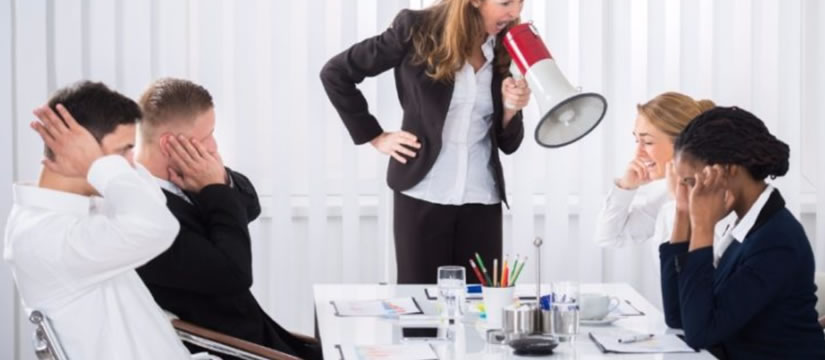
How often have we been in meetings where the loudmouth gets the most attention, bullies his (or her) way through the meeting, and is incorrectly perceived as the expert on the subject. Often it is the introvert who has the knowledge but does not perform well in high-stress environments as meetings tend to be.
- You are not serving coffee

A study published in the Journal of Psychopharmacology analysed performance efforts in group tasks. The finding? “Those in the study rated personal and group performance more positively when drinking coffee before a discussion. Coffee served at meetings made participants more productive and focused on group talks while increasing their participation levels and leaving them feeling more positive about everyone’s contributions”.
It goes to reason that the ritual of drinking coffee eases one into the conversation while the caffeine kick creates increase alertness. A counter study with decaffeinated coffee did not yield the same positive results. An interesting gender difference came to light during the study – when men drink coffee during a stressful meeting, they perform worse, when women drink coffee, they perform better. Drink up ladies, it’s good for you!
- Don’t have an hour-long meeting if all the agenda items are ticked in 10 minutes
According to Fortune, Facebook COO Sheryl Sandberg runs her meetings with the help of a simple spiral-bound notebook where she keeps lists of discussion points and action items. If each item is done 10 minutes into an hour-long meeting, the meeting ends. This method keeps meetings focused on the tasks at hand.

- You show up late.
Showing up late is a substantial contributor to ineffective meetings. Aside from being a waste of precious time, colleagues feel disrespected. Regardless of the excuse offered, it is clear that whatever he/she was doing was more valuable than being in the meeting. It can also be seen as a form of passive-aggressiveness. None of this contributes to meeting objectives.
- There are too many people at the meeting.
This ties in with our Rule of 7, coined by Mr. Miller. Amazon’s Jeff Bezos has an interesting approach to meetings. He has no time for large unproductive meetings and invented the Two Pizza Rule: If a team couldn’t be fed with two pizzas, it was too big.
And on the subject of pizzas.
- Don’t eat during meetings.
- You use your phone.

The little word “respect” comes into play again. Using a phone during a meeting tells those in the meeting that what they have on the agenda or to say, is less important than what is happening on the cell phone at that moment. Cell phones should be switched to silent – even vibrating phones distract your colleagues and can lead to an unproductive meeting.
TIME IS MONEY
Have you ever calculated what the meeting is “costing” you in man-hours?
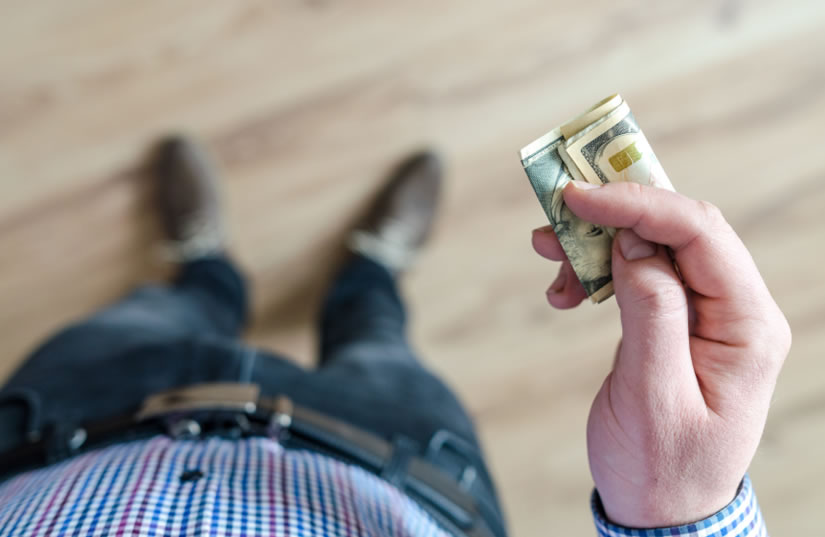
Should you have an hour-long meeting – each individual has 8.5 min to contribute his expert opinion. Keep in mind that we can easily deduct ten minutes for generalities such as agendas, introductions, and conclusions – and we are left with 7.4 minutes.
Take it a step further and calculate the salaries of those around the table to an hourly rate. When you break down salaries into hourly rates, your meeting may well cost you over R10 000 in expertise. If there ever was an incentive to spend your time well, this should speak to you.
If we keep our meetings small and focused, and face to face when needed, we can be assured of a positive outcome. Pour the coffee – ladies first – switch off the cell phones and apply the Rule of 7. There is hope that the second half of 2020 will yield more results than the first half. And like Patel said, “Everything will be okay in the end. If it’s not okay, it’s not the end.”
Sources: 2020 Forecast trends
ABOUT THE AUTHOR
CHRISTA BADENHORST


